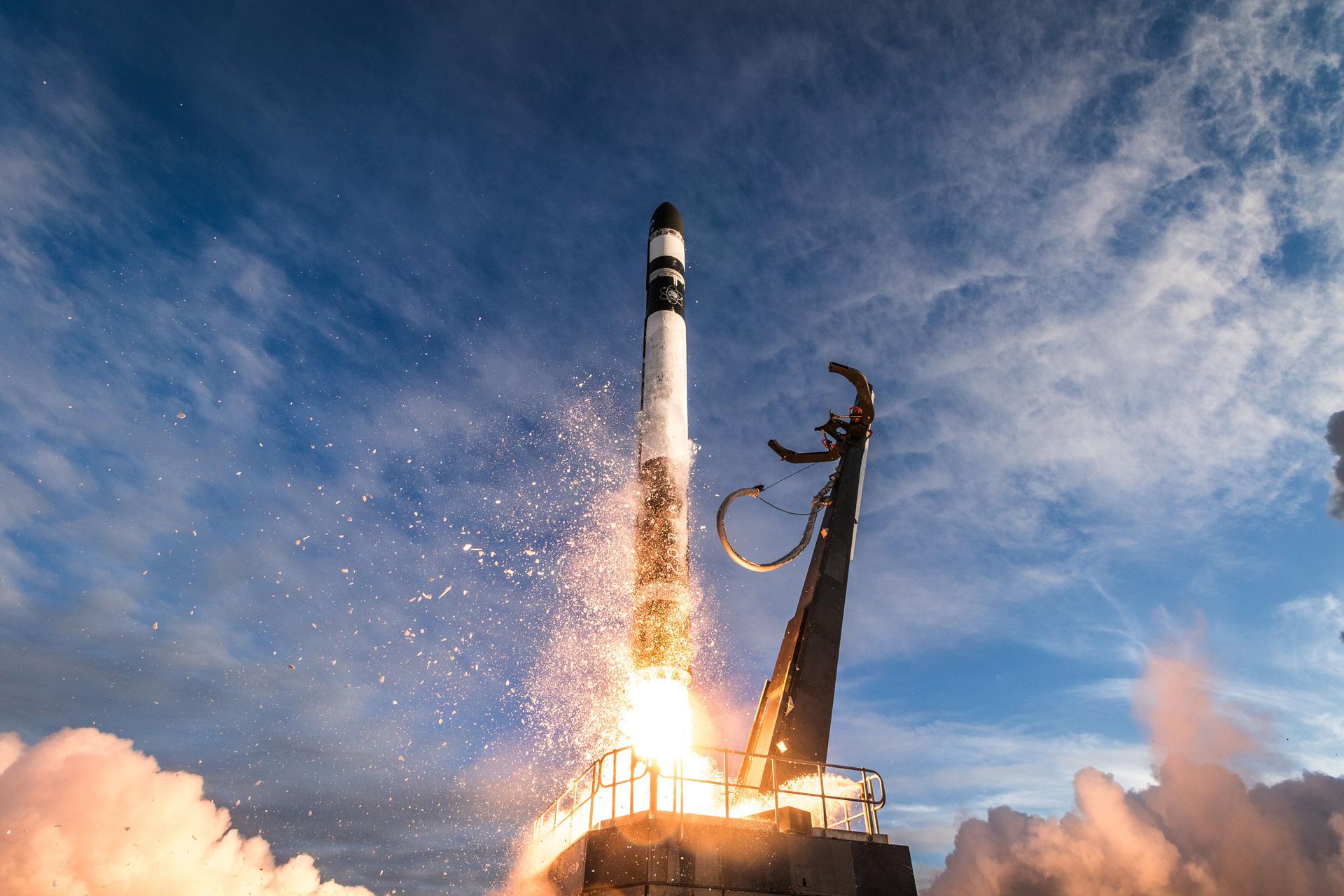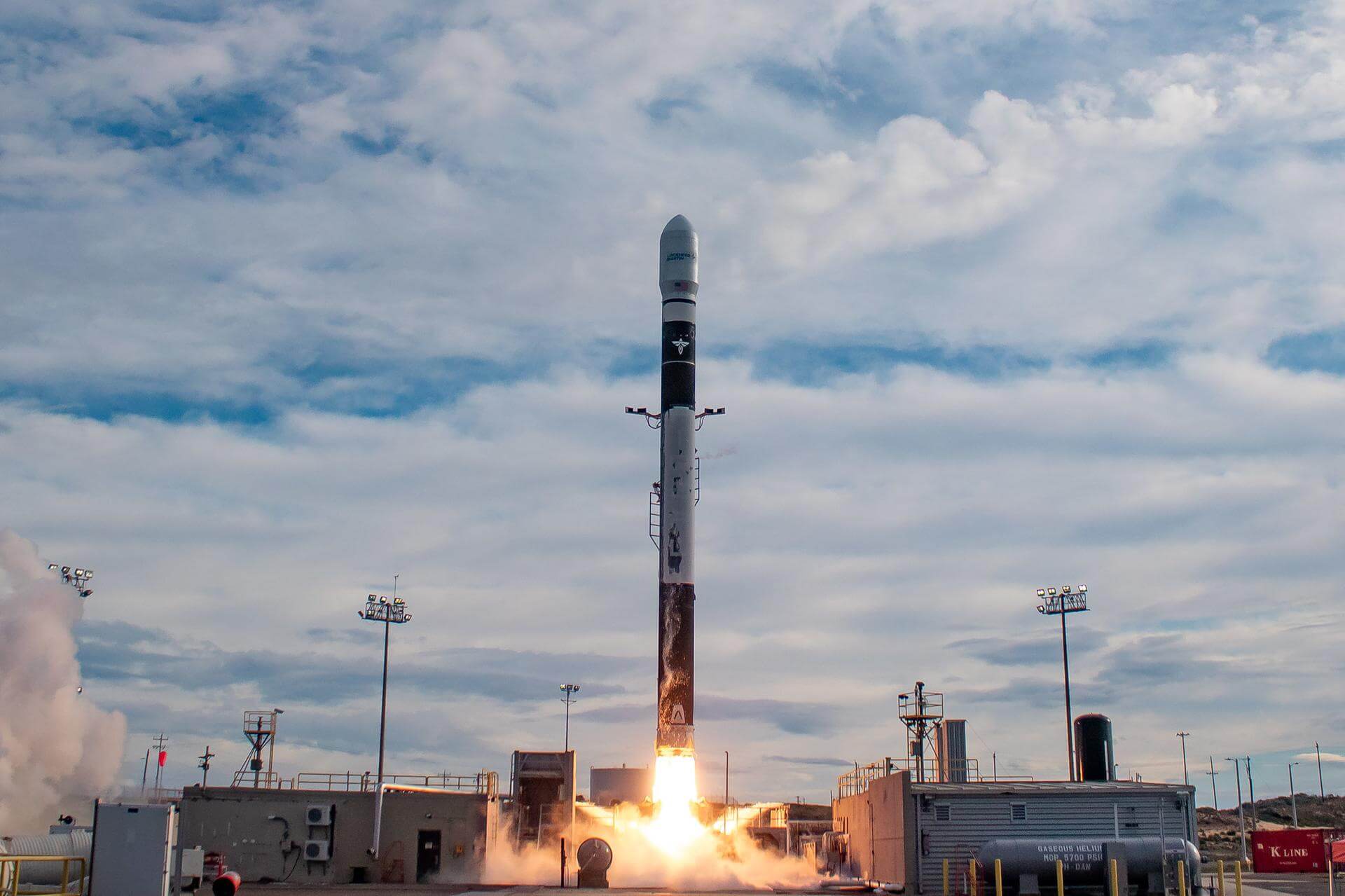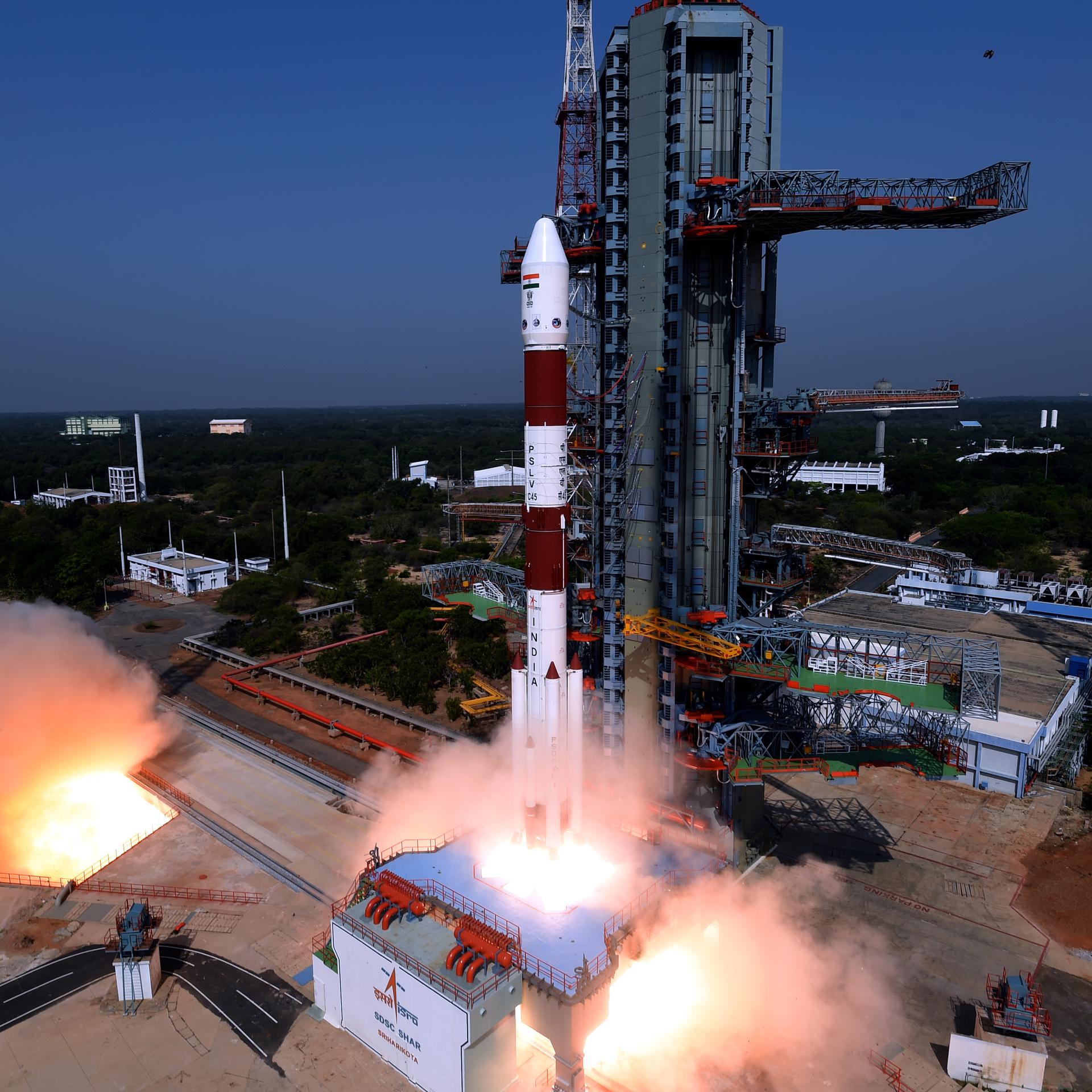Space launches
Filters
Mission type: 🗙 Astrophysics | Communications | Dedicated Rideshare | Earth Science | Government/Top Secret | Human Exploration | Lunar Exploration | Mission Extension | Navigation | Resupply | Robotic Exploration | Space Situational Awareness | Technology | Test Flight | Tourism | Unknown
Vehicle: Ariane 62 | Ariane 64 | Atlas V 551 | Atlas V N22 | Electron | Falcon 9 Block 5 | Falcon Heavy | Firefly Alpha | Gaganyaan Abort Test Booster | GSLV Mk. II | H3-22 | H3-30 | HANBIT-Nano | Launch Vehicle Mark-3 (GSLV Mk III) | Long March 3B/E | Long March 7A | Long March 8A | Minotaur IV | Neutron | New Glenn | New Shepard | Pegasus XL | Proton-M Blok DM-03 | PSLV | PSLV XL | Soyuz 2.1a | Soyuz 2.1b Fregat | Soyuz 2.1b Fregat-M | Soyuz-5 | Space Launch System Block 1 | Spectrum | Starship V3 | Themis Demonstrator | Unknown Launch Vehicle | Vega-C | Vikram-I | Vulcan | Vulcan VC6L
Orbit: Elliptical Orbit | Geostationary Orbit | Geostationary Transfer Orbit | Geosynchronous Transfer Orbit | Low Earth Orbit | Lunar Orbit | Lunar flyby | Medium Earth Orbit | Polar Orbit | Suborbital | Sun-Synchronous Orbit | Unknown
03:00 Minute

RAISE-4 (RApid Innovative payload demonstration Satellite-4) is a Japan Aerospace Exploration Agency (JAXA) satellite for on-orbit demonstrations of 15 demonstration components and equipment selected by public solicitation. The satellite will be operated in response to requests from the demonstration theme proposers, and will provide experimental data of the demonstration devices and environmental data during the experiments.
6 of the demonstration payload, as well as as well as 4 cubesats originally planned to ride on the same launch vehicle, are re-flight of those planned for RAISE-3, which failed to reach orbit in October 2022.
The launch vehicle was switched from Epsilon-S to Rocket Lab's Electron due to continuous testing problems with the Epsilon-S' 2nd stage motor. The original 8 hitch-hiking cubesats will be launched on another Electron rocket later.
Day

STP-S30 is a complex mission that will deliver research experiments and technology demonstrations to orbit for the DoD and contribute to future space systems development. The projected primary payload, DISKSat, will demonstrate sustained very low earth orbit (VLEO) flight and test a unique, 1-meter diameter, disk-shaped satellite bus that is designed to increase on-orbit persistence.
Quarter 4

Second of up to 25 launches of Low Earth Orbit technology demonstration satellites to be built and operated by Lockheed Martin. Details of the satellite TBD.
Month

STP-S29A is a mission under the U.S. Department of Defense's Space Test Program (STP) that will deliver technology demonstrations to orbit and contribute to future space system development, with this launch delivering up to 200 kg of STP cubesats to Low Earth Orbit.
The main payload will be STPSat-7, an ESPA class satellite based on the Aegis Aerospace M-1 satellite bus used on the STPSat-4 mission for hosting research and technology demonstration payloads for the Department of Defense (DoD). One of the payload is U.S. Naval Research Laboratory's (NRL) Lightsheet Anomaly Resolution and Debris Observation (LARADO) instrument, used to detect and characterize lethal non-trackable orbital debris with lasers in orbit.
Month

LOXSAT 1 is a demonstration satellite of a complete cryogenic oxygen fluid management system in orbit, developed by Eta Space and sponsored by NASA's Tipping Point program.
The system will be integrated on a Rocket Lab Photon-LEO satellite bus and collect critical cryogenic fluid management data in orbit for 9 months, demonstrating capabilities of in-space cryogenic storage and transferal. Eta Space plans to use technology developed for this mission to develop a truly commercial depot intended to serve multiple customers in the future.
Quarter 1

JAXA-manifested rideshare of eight separate spacecraft that includes educational small sats, an ocean monitoring satellite, a demonstration satellite for ultra-small multispectral cameras, and a deployable antenna that can be packed tightly using origami folding techniques and unfurled to 25 times its size.
The satellites were originally planned to launch with RAISE-4 on a Japanese Epsilon-S rocket, but the Epsilon-S was heavily delayed due to test firing failures.
The 8 satellites are:
* MAGNARO-II
* KOSEN-2R
* WASEDA-SAT-ZERO-II
* FSI-SAT2
* OrigamiSat-2
* Mono-Nikko
* ARICA-2
* PRELUDE
Quarter 1

TDS-01 (Technology Demonstration Satellite-01) is an Indian geostationary orbit technology demonstration satellite carrying payloads for the Indian Space Research Organisation (ISRO)’s Institute of Plasma Research, Gandhinagar and the CSIR-CEERI, Pilani.
Payloads to be tested included an internally developed 300 mN electric powered thrusters, atomic clocks, travelling wave tube amplifiers (TWTA) & a quantum communication suite (QuTDS).